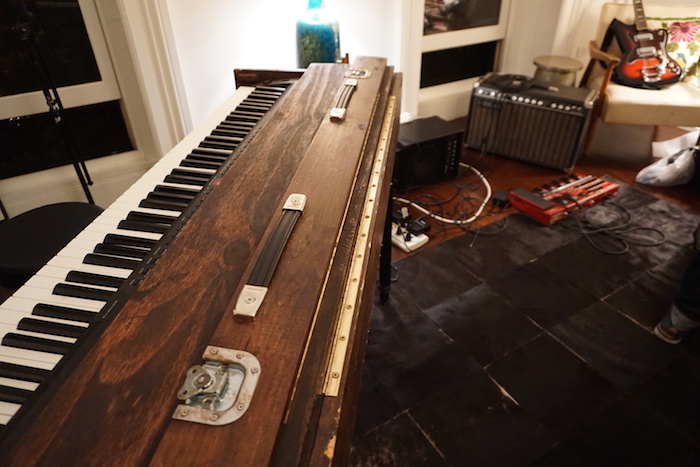
Most of us have watched and re-watched that Axis of Awesome video by now. If you haven’t, take a moment and do it now. I’ll be here when you’re done.
The point that video makes is that countless songs we all know and love are built around the same harmonic changes. There’s nothing wrong with that. You can’t copyright a chord progression. In fact, I once had a professor who convinced me that ninety-nine-or-so percent of all Western chord progressions can be traced to either Tonic-Dominant (I V) or Tonic-Subdominant (I IV). Everything else is some sort of substitution.
Using a well-loved chord progression can create an instant sense of familiarity with your listeners. Even those who don’t consider themselves musical can, to a degree, predict where a melody is going if it’s presented over a set of chords that has been engrained in them. That increases the chances of them humming along.
On the other hand, straying from the predictable can also make your music memorable. I’m a big fan of progressions that step outside of conventional lines. But remember: if anything goes too far over your audience’s heads, they’re likely to tune your music out (raise your hand if you’ve ever had to watch someone else to know when to clap at a jazz club!). Know the audience you’re writing for and give them what they’re willing to handle.
Here are a few simplified strategies to give your harmonic progressions a little extra color:
1. Use functional substitution
Sounds fancy, right? Basically, every chord within a key serves a particular harmonic function: tonic, subdominant, or dominant. If a chord shares the same function as another chord, they can often be swapped for each other. Try substituting VI- or III- for I. Same with IV for II-. For a characteristically unique sound, try VII diminished for V.
2. Elaborate a little
Triads and power chords are great. I’m a huge fan of both and honestly, I don’t use either nearly enough in my own writing. Maybe that’s because tensions are just so fun. (Nerdiest sentence you’ll read today right there…)
Of course, there are some serious rules about chord building, but that’s a whole other article, so throw those out the window for now and just try adding other notes that are diatonic to the key into your voicings. If something sounds bad, don’t use it! Generally speaking, adding in notes that are a half step away from other notes in the chord will lead to something ill-advised, though not necessarily un-useable. (I recently started throwing #11’s all over the place because I’m a rebel, damn it!)
3. Pedal something
I’m about to give away a pretty big secret, so lean in: some of the most “complex” progressions I’ve ever used actually started with one of the easiest types of experimentation ever.
Pick a note or two. Then, try every other note (all twelve options) under that in the bass. If you want to get heady and analyze everything as it happens, go for it. For instance, I love it when a seventh becomes a third or when anything becomes an eleventh just by moving the bass note.
Fair warning: this method can force your hand a little melodically because things can get pretty chromatic. Lucky for me, I know some amazing singers who are up for that challenge. When I use this strategy to write for my own voice, I tend to stick to those common tones pretty heavily.
If any of this spoke to you (or went over your head), you should check out The New Songwriter’s Workshop with Oli Rockberger. It’s a full course that includes info on diatonic harmony, song form, and other goodies.



